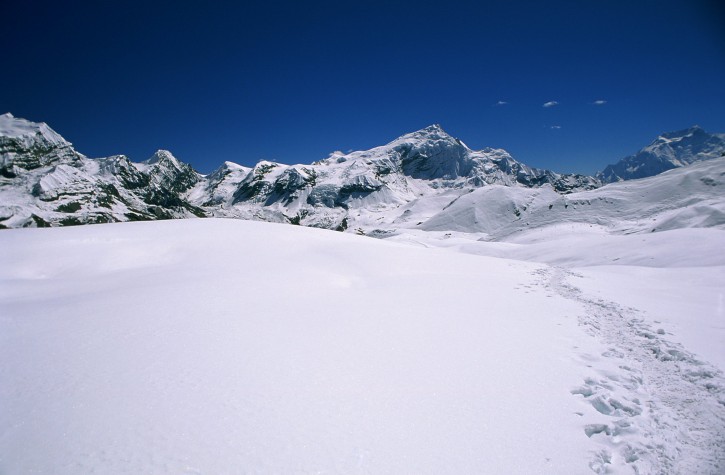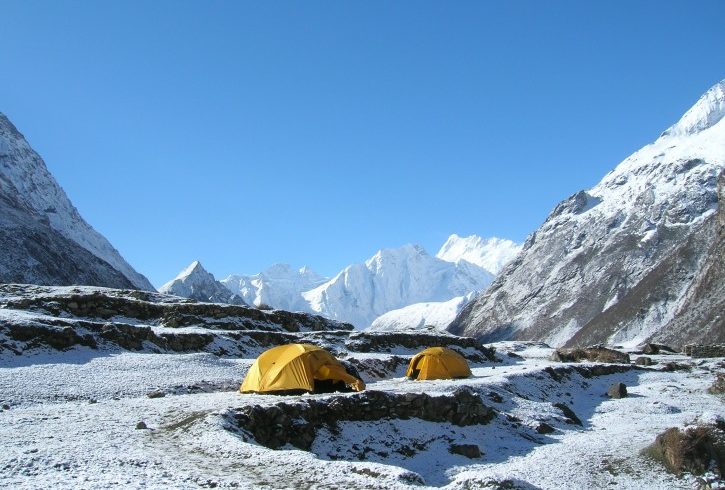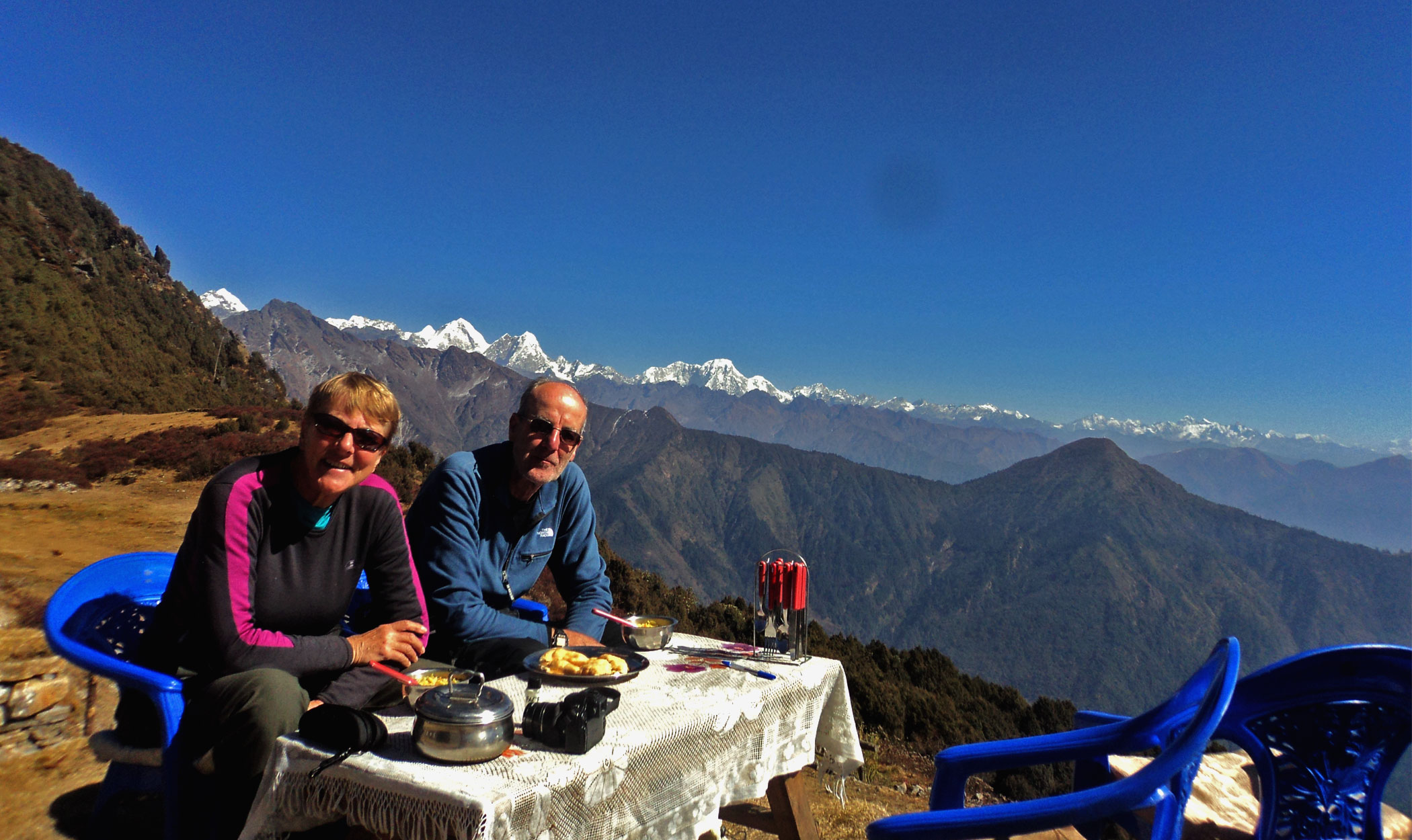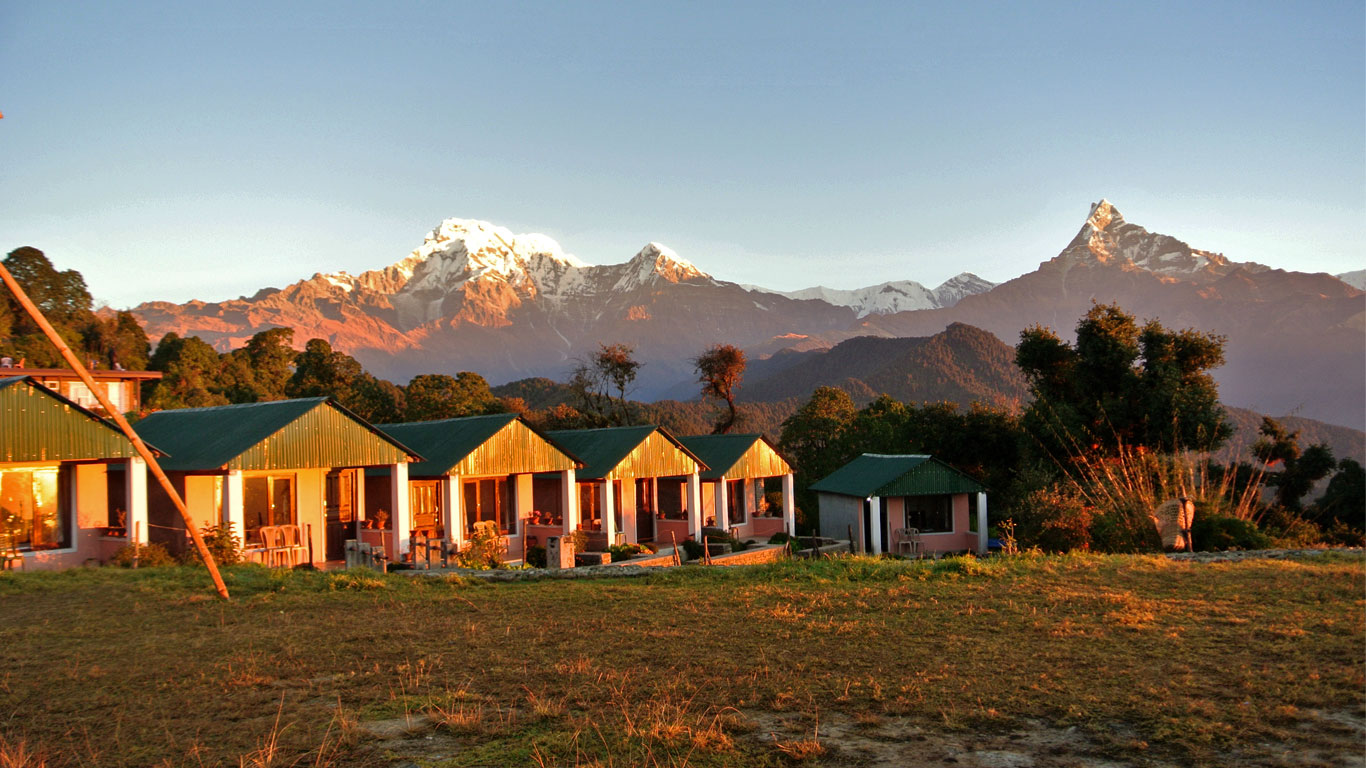Annapurna Base Camp Trek - 14 Days
Annapurna Region, Nepal
Duration
14 Hours
Tour Type
Trekking & Hiking
Group Size
15 persons
Location
Nepal
Overview
Trip Overview
The Annapurna Base Camp Trek is the ultimate trekking experience, known for its stunning mountain views and rich cultural encounters. This trek takes you through the heart of the Annapurna region, home to Annapurna I (8,091m), the world’s 10th highest peak. Our journey begins in Pokhara, the second largest and most beautiful city in Nepal. Known as the "Lake City," Pokhara is surrounded by mountains and serves as a base for many treks, including the Annapurna Circuit, Mardi Himal, Mohare Danda, and Upper Mustang treks. The northern wall of the Annapurna range is prominently visible from here, providing a stunning backdrop as we set off on our adventure with the Himalayan Dream Team. The trail winds through lush forests filled with rhododendrons, rice paddies, and terraced farmlands. As you trek higher, you'll traverse pristine landscapes inhabited mainly by shepherds and witness spectacular viewpoints showcasing the famous Himalayan panorama. The trek offers a perfect blend of mountain lifestyle, ethnic diversity, and moderate adventure.
The trek is not just about the breathtaking scenery; it's also a cultural immersion. Along the way, you'll engage with the local cultures and traditions of the Gurungs, Magars, Thakalis, and Lobas, who reside in charming villages nestled at the foothills of the Annapurna Himalayas. You’ll encounter Buddhist shrines, gumbas, and experience the tranquility of their unique traditions, making you feel as if you've been transported to another time. The trail follows the Modi River, passing through dense forests and narrowing gorges, ultimately leading to the awe-inspiring Annapurna Sanctuary, a colossal amphitheater encircled by snow-capped peaks.
Starting the Annapurna Base Camp Trek with the Himalayan Dream Team is a remarkable opportunity to challenge yourself physically, immerse yourself in natural beauty, and explore the diverse cultural tapestry of the region. With its majestic peaks, unique ecosystems, and rich cultural encounters, this trek promises a once-in-a-lifetime adventure. Discover the wonders of the Annapurna region and create unforgettable memories on this extraordinary journey.
Hightlights:
- UNESCO World Heritage Sites Tour: Explore Kathmandu’s Durbar Square, Pashupatinath Temple, Swayambhunath Stupa (Monkey Temple), and Boudhanath Stupa, each offering unique cultural and historical insights.
- Impressive sunrise view from Poon Hill.
- View of the world’s highest mountains: Dhaulagiri I (7th) and Annapurna I (10th).
- Overnight at Annapurna Base Camp.
- Trek along the wilderness with varied flora and fauna.
- Spellbinding vistas of mountain and glacier from Annapurna Base Camp.
- Natural bath in hot springs at Jhinu.
Annapurna Base Camp Trek History: Journey from Ancient Trails to Modern Adventure
The Annapurna Base Camp Trek holds a rich history that intertwines ancient trails with modern adventure. Initially, the region was traversed by the Gurung people for economic and travel purposes, long before it became a popular trekking destination. The journey to Annapurna Base Camp saw its first recorded foreign visit in the late 19th century by the Japanese Buddhist monk, Ekai Kawaguchi. The mid-20th century marked a shift from purely climbing expeditions to the development of trekking routes, as Nepal opened its doors to tourism in the 1960s. This era laid the foundation for what would become one of the most sought-after treks in the world, attracting adventurers eager to experience the Annapurna Trekking route.
In the 21st century, the Annapurna Base Camp Trek gained even more popularity, thanks to enhanced infrastructure and a growing emphasis on environmental and responsible tourism. As a result, trekkers from around the globe flock to this region to embark on a journey that offers a unique blend of history and adventure. With its improved trekking routes, the Annapurna Base Camp continues to be a place where the past meets the present, offering visitors the opportunity to create their own Himalayan experiences while respecting the rich heritage of the Annapurna region. Himalayan Dream Team Treks and Tours Pvt. Ltd. proudly offers guided treks that ensure an unforgettable and responsible trekking experience.
Why Choose Annapurna Base Camp trek in Nepal?
| Reasons | Description |
|---|---|
| The Entrance to Shangri-La | The ABC path takes hikers into a legendary, unspoiled region where they can enjoy the untouched beauty of the Himalayas, like Macchapuchre. It's a doorway that opens to a world of wild, beautiful landscapes that inspire awe and adventure. |
| Beautiful Sceneries | The ABC journey offers unmatched views of the Himalayan terrain, with breathtaking mountain scenery that includes renowned peaks like Annapurna I and Machhapuchhre. Every step delivers a visual feast and a sense of spectacular grandeur, from the plane lowlands to snow-capped summits. |
| Cultural Participation | Experience the rich culture and great hospitality of the Gurung and Magar people in delightful villages along the way. Trekkers may immerse themselves in the colorful local culture and traditions, from traditional villages to old monasteries. |
| Test of Spirit | The ABC trek is a physical and mental challenge that pushes participants to their limits while rewarding them with a sense of accomplishment. From steep ascents to rough terrain, each step of the trek demonstrates the tenacity and endurance of the human spirit. |
| Digital Detox | Unplug from the world and immerse yourself in nature's raw beauty, raising your connection to the natural world. Trekkers can fully disconnect from modern life's disturbances and reconnect with themselves and their surroundings. |
| Community of Adventurers | Form bonds of friendship with fellow trekkers worldwide while sharing stories and laughing in the Himalayan terrain. From shared meals to shared experiences, the ABC trek promotes a sense of community and connection long after the adventure. |
Perfect Time for Annapurna Base Camp Trekking
| Month | Reasons |
|---|---|
| March to May | These months offer ideal weather for hiking to Annapurna Base Camp. The temperatures are moderate, making the trek more enjoyable. The trails are also adorned with blooming rhododendrons, adding to the scenic beauty. |
| September to November | Considered the best time for trekking, these months provide clear skies, stable weather, and stunning mountain views. The temperatures are pleasant, and the trails are in excellent condition, making it a perfect time for a safe and enjoyable trek. |
| June to August | This period is the monsoon season, characterized by heavy rainfall. The trails become muddy and slippery, increasing the risk of landslides. It is generally advised to avoid trekking during these months due to the challenging and unsafe conditions. |
| December to February | Winter months bring heavy snowfall, which can block trails and make trekking dangerous. However, for those seeking adventure, a winter trek can be a thrilling experience, though it requires careful planning and preparation. |
Trip Choices for Annapurna Adventures
When it comes to exploring the Annapurna region, there are several incredible trekking options that cater to different levels of experience and adventure. Each trek offers a unique perspective on the majestic Himalayan landscapes, vibrant local cultures, and breathtaking views.
The Annapurna Base Camp Trek is a classic journey that takes you deep into the heart of the Annapurna massif, where you are surrounded by towering peaks and can immerse yourself in the stunning alpine scenery. For those looking for a more extended adventure, the Annapurna Circuit Trek is one of the most famous treks in the world, offering a diverse range of landscapes, from subtropical forests to high-altitude desert, and a chance to experience the rich cultural diversity of the region.
If you prefer a shorter trek with equally rewarding views, the Ghorepani Poon Hill Trek is an excellent choice. This trek is known for its breathtaking sunrise views over the Annapurna and Dhaulagiri ranges from the popular vantage point at Poon Hill. Another less crowded option is the Mardi Himal Trek, which takes you to the base of Mardi Himal and offers panoramic views of the Annapurna range, including the iconic Machhapuchhre (Fishtail).
For those seeking a more remote and culturally rich experience, the Upper Mustang Trek offers a journey into the ancient kingdom of Mustang, where you can explore stark desert landscapes, centuries-old monasteries, and unique Tibetan culture. Meanwhile, the Annapurna Circuit Trek with Tilicho Lake adds an extra layer of adventure to the traditional circuit by including a visit to Tilicho Lake, one of the highest lakes in the world.
The Khopra Ridge Trek is an off-the-beaten-path adventure that rewards trekkers with stunning views of the Annapurna and Dhaulagiri ranges and the serene beauty of Khayar Lake. Lastly, the Mohare Hill Trek offers a community-based experience, where you can enjoy spectacular sunrise views and engage with the local Magar community, making it a trek that is as culturally enriching as it is visually stunning.
Each of these treks provides a unique opportunity to explore the Annapurna region, offering something special for every type of adventurer. Whether you're seeking challenging high-altitude routes or more leisurely cultural experiences, the Annapurna region has a trek that will meet your needs and create lasting memories.
Included/Excluded
Itinerary Expand All Close All
Travel Styles
Facilities
FAQs
What is the best time to trek to Annapurna Base Camp?
How difficult is the Annapurna Base Camp Trek?
How long does the trek Annapurna Base Camp take?
Do I need a guide for the Annapurna Base Camp Trek?
What permits are required for the Annapurna Base Camp trek?
What kind of accommodation is available on the Annapurna Base Camp trek?
What should I pack for the Annapurna Base Camp trek?
Is there a risk of altitude sickness in Annapurna Base Camp trek?
What are the main attractions of the Annapurna Base Camp trek?
Can I charge electronic devices during the Annapurna Base Camp trek?
What is the food like on the Annapurna Base Camp trek?
What is the cost of the Annapurna Base Camp Trek?
How do I get to the starting point of the Annapurna Base Camp trek?
What should I do in case of an emergency during Annapurna Base Camp trek?
Are there any cultural tips I should be aware of during Annapurna Base Camp trek?
Reviews
Extra prices:
- {{total_price_html}}
- {{pay_now_price_html}}





